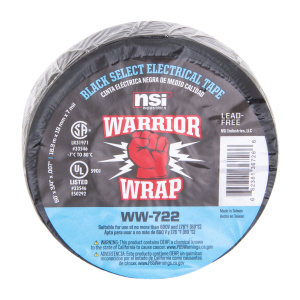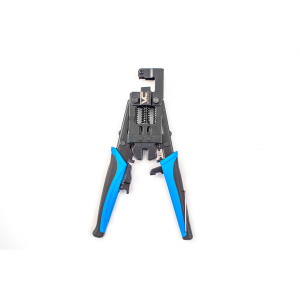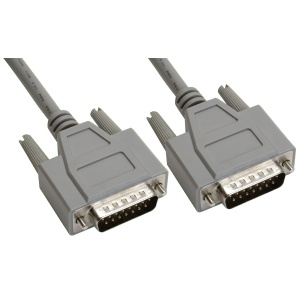At the heart of any cable lies its insulation. It’s akin to the human spine, supporting the entire structure, protecting the conductive core, and determining the cable’s capabilities. This is why insulation materials are rightfully considered the backbone of cable technology.
When talking about cable technology, we often picture the conductive core that carries the electrical signals. However, without proper insulation, the performance of these cores would be significantly impaired. Insulation materials serve as protective shields, preventing electrical leaks and ensuring the integrity of the signals.
The Raison d’Être of Insulation in Cables
Protection Against Electrical Leakage
First and foremost, insulation prevents electrical leakage. Without insulation, the electrical signals could stray from their intended path, resulting in loss of information or energy. That’s not a situation anyone wants to find themselves in, right?
Preventing Short Circuits
Insulation also prevents short circuits. Imagine two bare conductive wires coming into contact, causing the current to take the path of least resistance and resulting in a short circuit. Insulation acts as a buffer, preventing this hazardous incident from occurring.
Protecting Against Environmental Factors
Insulation doesn’t only protect against electrical mishaps. It also guards the cables against environmental factors like moisture, temperature changes, and physical damage. It’s like your personal umbrella, shielding you from the unpredictable weather.
The Many Faces of Insulation: Common Insulation Materials
Polyvinyl Chloride (PVC)
PVC is the most commonly used insulation material in cable technology. Its popularity stems from its excellent electrical properties, flexibility, and affordability.
Polyethylene (PE)
Next up in the hall of fame is Polyethylene. PE offers superb dielectric properties, making it a preferred choice for high-frequency applications. It’s like the marathon runner of insulation materials, going the distance where others fall short.
Rubber
Then we have the old faithful – rubber. Rubber insulation is favored for its high flexibility and resistance to environmental factors. It’s the Bear Grylls of insulation materials, surviving in the harshest conditions.
New Kids on the Block: Advanced Insulation Materials
Polytetrafluoroethylene (PTFE)
Stepping into the future, we meet Polytetrafluoroethylene, or more simply, PTFE. Known for its superior resistance to temperature, chemicals, and electrical conductivity, PTFE is used in demanding applications like aerospace and telecommunications.
Silicone
Silicone is another advanced player in the field of insulation. Notable for its outstanding flexibility and heat resistance, silicone is like the gymnast of insulation materials, bending without breaking, even under extreme heat.
The Backbone of Cable Technology: Insulation Materials and their Role in Different Applications
Telecommunications
In telecommunications, the choice of insulation material can make or break the signal integrity. For instance, PTFE with its excellent dielectric properties is often the go-to choice.
Power Distribution
In power distribution, insulation materials must withstand high voltages and harsh conditions. Here, rubber and PVC often take the cake due to their robustness and versatility.
Automotive Industry
In the automotive industry, with extreme temperature changes and physical stress, materials like silicone reign supreme due to their flexibility and heat resistance.
FAQ’s
Why are insulation materials important in cable technology?
Insulation materials are vital in cable technology because they protect the conductive core from electrical leakage, short circuits, and environmental factors. They also determine the cable’s performance in different applications.
What are some common insulation materials?
Some common insulation materials include Polyvinyl Chloride (PVC), Polyethylene (PE), and rubber.
What are some advanced insulation materials?
Advanced insulation materials include Polytetrafluoroethylene (PTFE) and Silicone, known for their superior resistance to various factors.
How do insulation materials affect cable performance in different applications?
The choice of insulation material directly impacts cable performance. For instance, PTFE is often used in telecommunications for its excellent dielectric properties, while rubber and PVC are preferred in power distribution for their robustness and versatility.
What is the role of The Backbone of Cable Technology: Insulation Materials in the automotive industry?
In the automotive industry, insulation materials like silicone are favored due to their flexibility and resistance to extreme temperature changes.
What is the future of insulation materials in cable technology?
The future of insulation materials in cable technology lies in the development of materials with improved resistance to electrical, thermal, and chemical factors. Advanced materials like PTFE and silicone are examples of this trend.
Conclusion
Insulation materials indeed form the backbone of cable technology. From basic ones like PVC and rubber to advanced options like PTFE and silicone, each one plays a pivotal role in defining the cable’s performance in various applications. As cable technology continues to evolve, so too will the demand for advanced insulation materials that can meet the increasing challenges.












